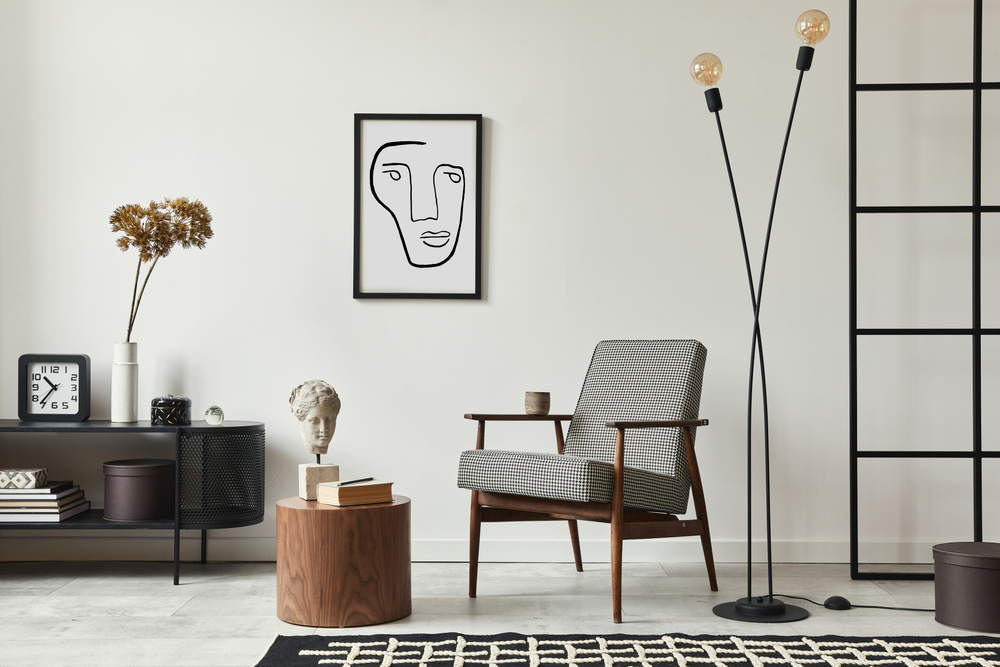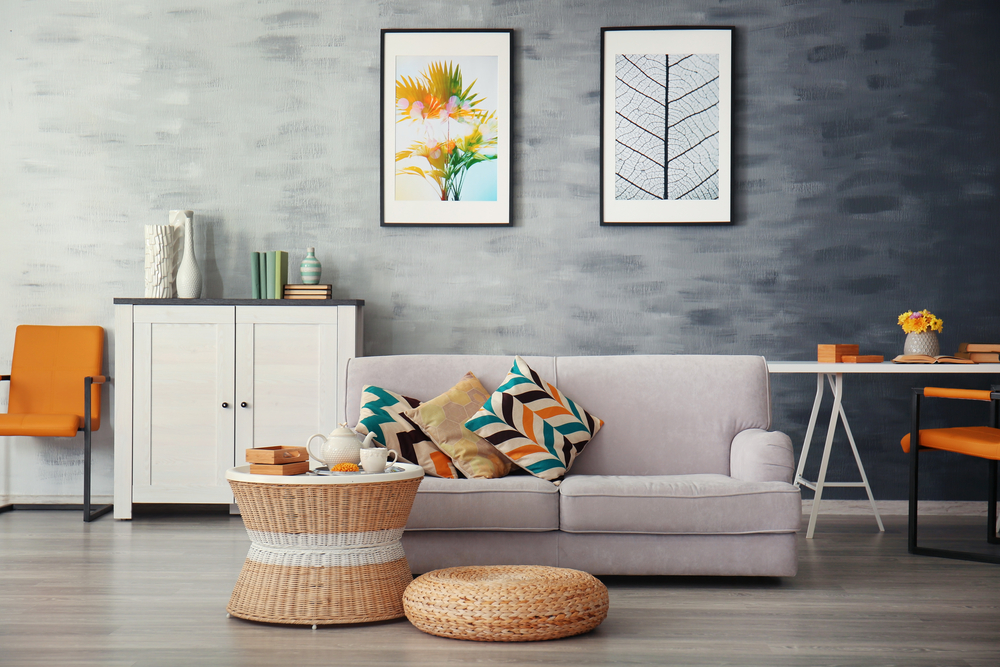It is dependably challenging to begin a structure redesign project when you need to know what plan or style to utilize. We should look at some back-home plan styles that are presently stylish for some motivation. This article delves into the design style, exploring its characteristics, inspirations, and the role of Home Shop in bringing design elements to life.

Extravagance
However, having straightforwardness at the center of its plan, it is likewise planned with calm yet perfectly beautified with a rich surface. It has various applications and is viable with loads of home plans.
Moderate
A brilliant plan law of toning it down would be ideal at the center; it joins a straightforward plan and usefulness. The most conspicuous component of this plan is to decrease how much improvement, variety, lighting, and unrefined substances are utilized. Usually, line and calculation are the primary plan components. The material's surface is excellent and exceptionally suited for families with low-capacity needs.

Wabi-Sabi
It has severe areas of strength for an oriental way of thinking and a statement of one's taste and mentality towards life. It is less complex than the moderate style. Holding the first surface of the materials utilized is the main component of the quiet wind. Logs, concrete walls, cotton, cloth, stone, rattan, and pottery are the most commonly used plan components. Wabi-sabi's quest for complete magnificence is appropriate for designs with collectibles and articles with classical surfaces.
Farmhouse
Directed by the longing for solace throughout everyday life, it underscores the re-visitation of a more standard method of life. The general adornment is principally founded on wooden furnishings and cotton, material, rattan, iron, and different components in the determination and delicate enhancement. The national style will be excellent if you admire nature, green plants, blossoms, and a more regular habitat.
Modern
It holds the style of the first structure robustly. The incredibly harsh, stylish home style with an undisguised openness of underlying and mechanical components, for example, lines and bars, is a notable element of modern style. Exposed block facades or substantial walls provide the contemporary style with a severe level of acknowledgment. Complex components like dark, white, and dim books, wood, and finished metal are magnificent counterparts for the modern style. The space of the house is adequately roomy, and the contemporary style can bring you an extraordinary home feel.

Minimalistic Interface:
The design style leans towards minimalism, emphasizing simplicity and clarity. The interface is also clean and uncluttered, focusing on the primary interaction: text-based communication. This design choice enhances user engagement and makes interactions efficient and enjoyable.
Neutral Color Palette
The color palette used in the design is typically neutral, featuring shades of whites, grays, and soft blues. This choice maintains a sense of professionalism while creating a calm and welcoming environment for users. Home Shop's products often embrace a similar approach, using neutral colors to accentuate their elegance and versatility.
Streamlined Typography
Typography plays a significant role in design style. The font used is modern and readable, facilitating accessible communication. Straightforward typography ensures that users can focus on the content without any distractions.
User-Centric Interaction
The design is centered around user experience. The intuitive interface allows users to engage in natural conversations and obtain relevant information seamlessly. This user-centric approach resonates with Home Shop's seamless shopping experience philosophy.
Adaptive Design
The design style is adaptive, catering to diverse users and contexts. The design remains consistent and adaptable for casual conversations or professional tasks. Home Shop's approach to showcasing products also caters to various needs and preferences, ensuring a personalized shopping journey.

Continuous Improvement
Design is dynamic, undergoing continuous enhancements based on user feedback and evolving technological trends. Similarly, Home Shop's commitment to improvement is evident in its ever-expanding product range and user-focused features.
Inspirations From Human Interaction
The design draws inspiration from human-to-human communication. The goal is to create an experience that mimics natural conversations, making interactions feel familiar and comfortable. Similarly, Home Shop aims to replicate the in-store shopping experience through its online platform, homeshop.ae.
Conclusion
The design style is a harmonious blend of minimalism, functionality, and adaptability, aiming to create an efficient and engaging user experience. Just embracing your design ethos, Home Shop embodies a similar commitment to design excellence in online shopping. Both entities prioritize user-centricity, adaptability, and continuous improvement; ensuring users have seamless and delightful experiences. Explore design style as you interact and discover the limitless potential, and explore Home Shop's design-driven approach as you embark on learning exceptional products on homeshop.ae.




